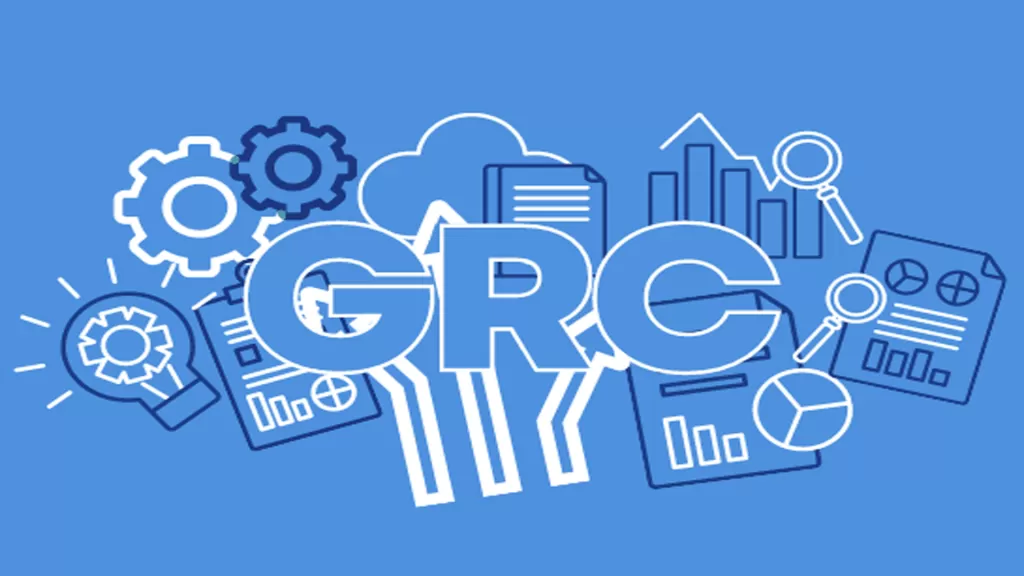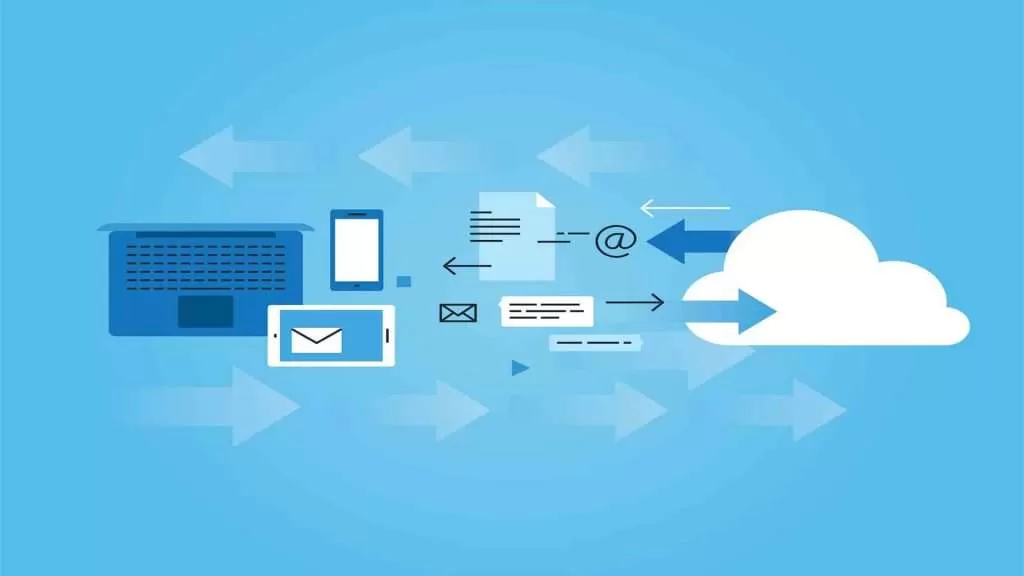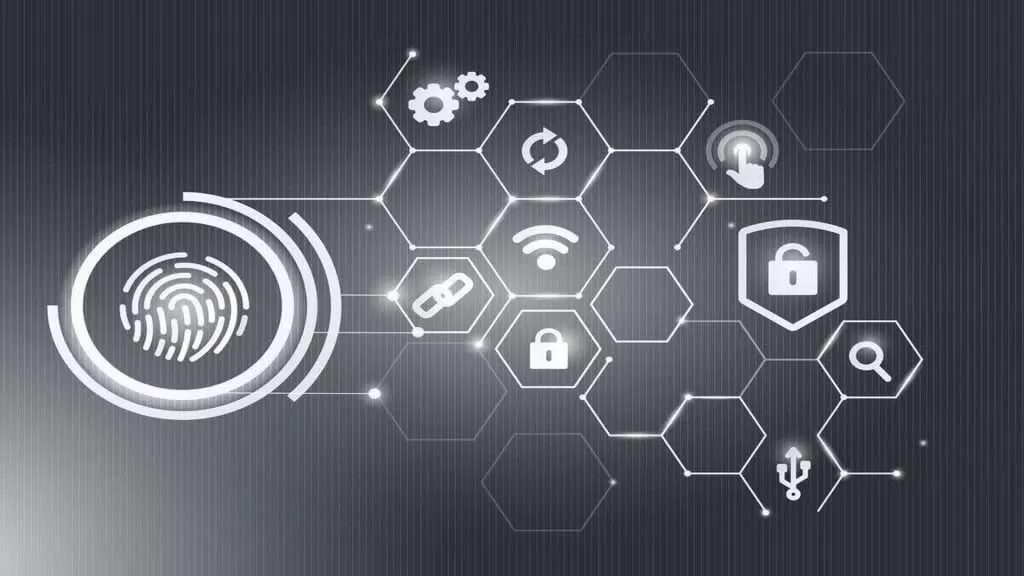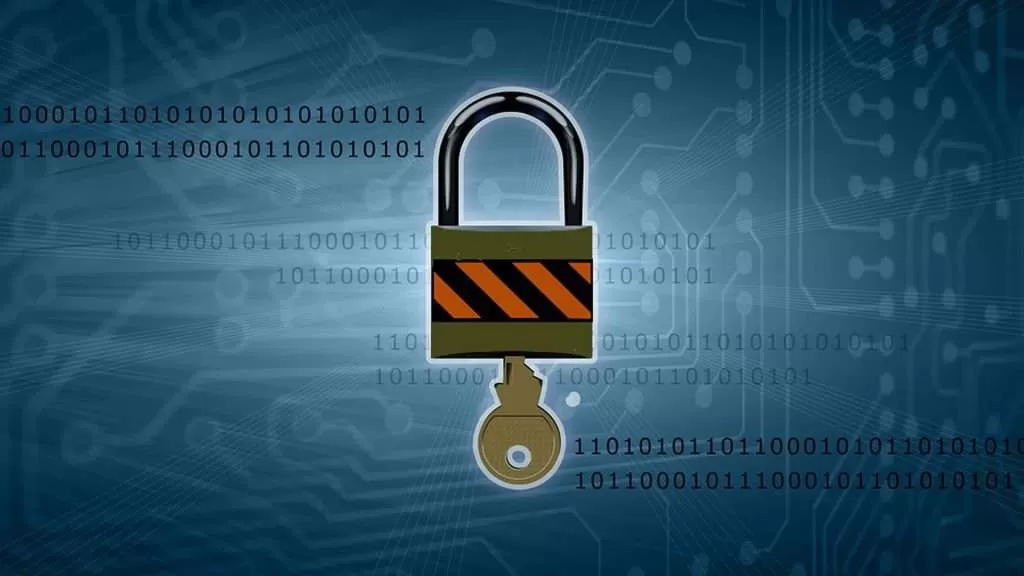What is GRC in cyber security and why GRC is important?
GRC in cyber security stands for Governance, Risk, and Compliance. Cyber security GRC is a broad organizational strategy that focuses on aligning an organization’s efforts to achieve business objectives, manage business risks and comply with regulatory requirements.
Implementing GRC in your business, it helps your business identify and mitigate risks within your business. It helps control the performance of your security and compliance and helps break down isolated departments by having a team of people who can reach every area of your business and talk to everyone without being isolated in a group or department.
Why is GRC Important for Organizational Success?
Organizations today struggle to connect strategy to risk management. Policymakers are unable to assess and mitigate potential risks and their impact on business objectives. Failure to develop appropriate channels and methods of risk management will ultimately lead to ineffective or complete system collapse.
GRC was made possible by the rise of information technology, but it would have been an impossible endeavor without it. All companies around the world need to ensure governance, compliance and risk management. Organizations that want to improve risk management and compliance must also improve governance. Organizations that want to improve compliance must also improve risk and governance.
GRC brings together an organization’s governance functions, risk management, and compliance with rules, regulations, and policies into one structure. An effective GRC strategy not only saves time and effort in risk awareness and informed decision-making, it also helps improve the overall performance of the organization.
What is Governance, Risk and Compliance exactly?
Governance, Risk, and Compliance (GRC) is a strategy that covers the entire organization’s governance, enterprise risk management, and regulatory compliance.
Governance
Governance is ensuring that, within an organization, policies and process structures are implemented in such a way that all activities can be monitored and are consistent with the strategic goals of the business. The main components of good governance:
- Corporate Management
- Strategy Management
- Policy Management
Risk Management
This includes developing risk identification and management processes according to organizational guidelines. Including the main components of Risk:
- Identification of Risk
- Risk assessment
- Risk management
- Mitigation
- Retention
- Monitoring
- Reporting
Compliance
- Implement security measures and protocols
- Internal and external audits and controls to ensure compliance with established standards
- Implement security measures and protocols
- Alignment and best practices regarding applicable regulations, codes of conduct and expectations
- A way for an organization to pursue demonstrable integrity, trust and legal compliance
7 Secrets ways How to Implement a GRC Framework
The Aman Cybersecurity Solution team focuses on the seven best ways to implement a GRC framework that will drive a comprehensive GRC program in your company.
1. Discover the Benefits of Implementing GRC
Understanding the value of GRC implementation is important to identify the existing GRC strategies across various business areas. That allows you to identify which processes are effective and should be kept when creating a unified system. You can also remove duplicate or unnecessary data, technologies, or assets that could reduce the value or complicate the centralization process. That will allow you to focus on the most valuable assets of your company and then focus your efforts on improving these through your GRC strategy.
2. Make a GRC Project roadmap
To focus your strategy’s scope, you need a purpose that summarizes the major GRC functions of the framework. Ensure they align with each department’s needs; these outcomes must result from continuous collaboration among all stakeholders. You can get the best results by understanding the potential benefits of a GRC framework. That’s why you need a GRC Project roadmap.
3. Conducting a gap analysis
Once you have gathered all the information necessary for your GRC process, the next step is to determine the following:
- Maturity of the process
- Data quality
- Operational Gaps
The best ways if you get to consider the following important factors:
- Recognize any duplicate or missing data
- Identify duplicates or redundant processes
- Identifying automation opportunities or removing manual workflows
4. Identify and align stakeholder expectations
Everyone in your organization must agree on your GRC implementation plan. That is often overlooked. Every department must be involved in a well-planned GRC program. Every stakeholder must be able to express their opinion about the proposal. Two steps will help you achieve organizational alignment.
-
Getting organizational approval
That is only possible by aligning the executive team with important factors, such as budget and rollout timelines. Before you take any further action, ensure that the leadership agrees with the plan and makes any necessary amendments.
-
Using a top-down approach.
After obtaining executive approval, it is necessary to implement change management processes across all business units. These must be realistic and communicated. It is realistic to expect some resistance to your proposed changes. Many departments have long-standing processes and procedures that need to be phased out. You should update your teams regularly, giving them information about the changes that have occurred and how they will impact their roles. That will ensure a smooth transition. You should establish a clear process that allows team members to share any concerns, suggestions, or other valuable feedback.
5. Establish a solid foundation for the GRC strategy
It is essential to lay the foundations for a GRC system that is both practical and adaptable. These are especially important in IT GRC because of the dynamic cyber threat landscape and vulnerabilities. The harsh consequences of data breaches. Financial institutions and health organizations need to pay more attention to adapting their GRC strategies to the regulatory changes their industries face.
6. Cooperation with GRC Solution provider
It takes work to implement a GRC program. There are many moving parts. GRC platforms can help you eliminate many of these problems and allow you to concentrate your implementation efforts on more important tasks. You must ensure that your GRC tool is compliant with all applicable regulations. GRC technology that is right for you should provide a return on investment (ROI), which can be achieved through time and cost savings.
7. Standardize GRC Strategy
An effective GRC strategy will be able to meet the needs of all departments. Each department will have its requirements, but there should be a common reference point. You can, for example, standardize your control framework through the implementation of an industry standard such as,
Revision and Management of Your GRC Strategy
Launching a new GRC program should be more than just a one-and-done affair. You must ensure your strategy is flexible and adaptable to changing business goals once implemented. Each team should keep accurate and current records of GRC requirements. That will highlight any important changes, such as introducing new technologies. That report can reference during stakeholder meetings to ensure that your entire organization is aligned with the overall strategy. However, an audit should be conducted at least once a year to maintain compliance management. However, prioritize compliance issues that need to be addressed.
How to do Aman Cybersecurity Solutions familiar with GRC
Aman Solutions nearby for cyber security is the best cyber security in Saudi Arabia. They integrate the concepts of governance, risk management, and compliance in your cybersecurity framework so that your company’s IT is aligned with your organization’s overall objectives. This can help you make informed decisions about cyber risks while considering overall risks. By adopting an integrated mindset and using enterprise-grade cyber risk management solutions, you will be able to understand your organization’s security posture in a holistic way and can align teams to business goals.
AMAN is dedicated to offering you world-class turn-key cyber risk management solutions, designed to identify, evaluate, and mitigate security risks that threaten your organization. Their multi-level defense system equips our partners with the most cutting-edge tools to prepare your organization for managing cyber risks. AMAN offers its cyber risk management solution service in 3 functional steps.
-
Review Risk Controls
Our cyber risk strategy starts with a review of your organization’s existing risk control framework and environment.
-
Identify Vulnerabilities
We will use our findings to identify the vulnerabilities and gaps in your security system in order to develop a practical, proven, and prioritized strategy. This will strengthen your existing cybersecurity risk management program and help your organization achieve a stronger security posture.
-
Implement Risk-Focused Programs
Using our extensive experience in risk mitigation, world-class threat intelligence, and tried-and-true methodologies, we will customize and implement a cyber-risk management program that is specific to your business needs, aligns with your organization’s goal.
In conclusion,
Governance, Risk, and Compliance are important and necessary for companies to protect their users’ data. Feel free to Contact Us having any queries and Suggest. By knowing about these topics and implementing them into their business, companies can ensure that their users are safe and happy.






Pingback: GRC IN CYBER SECURITY - vasttechnews.com GRC In Cyber Security